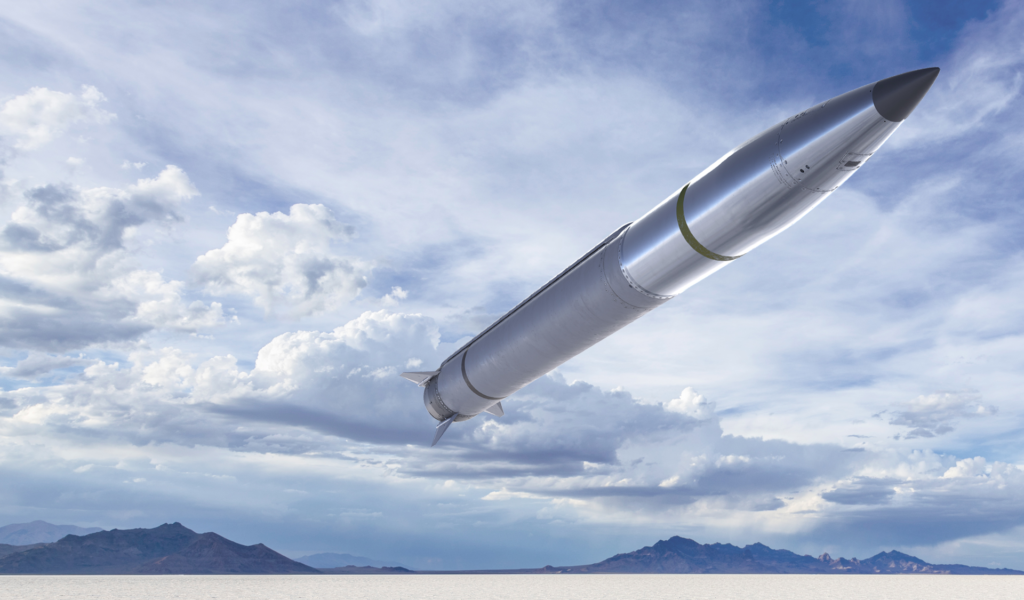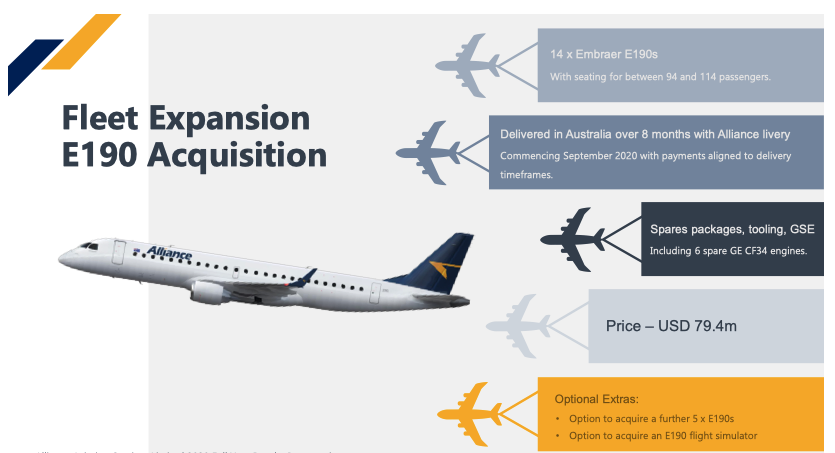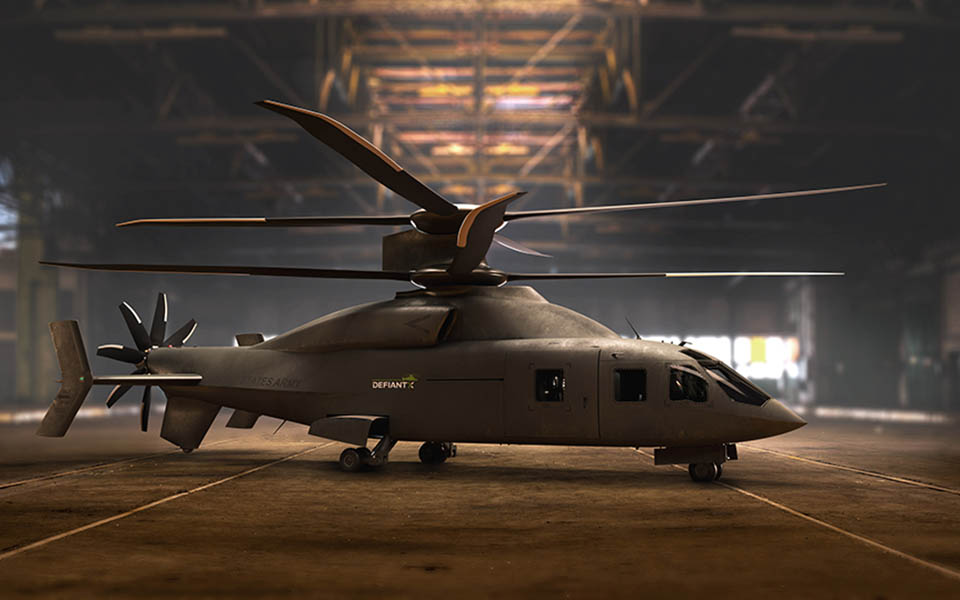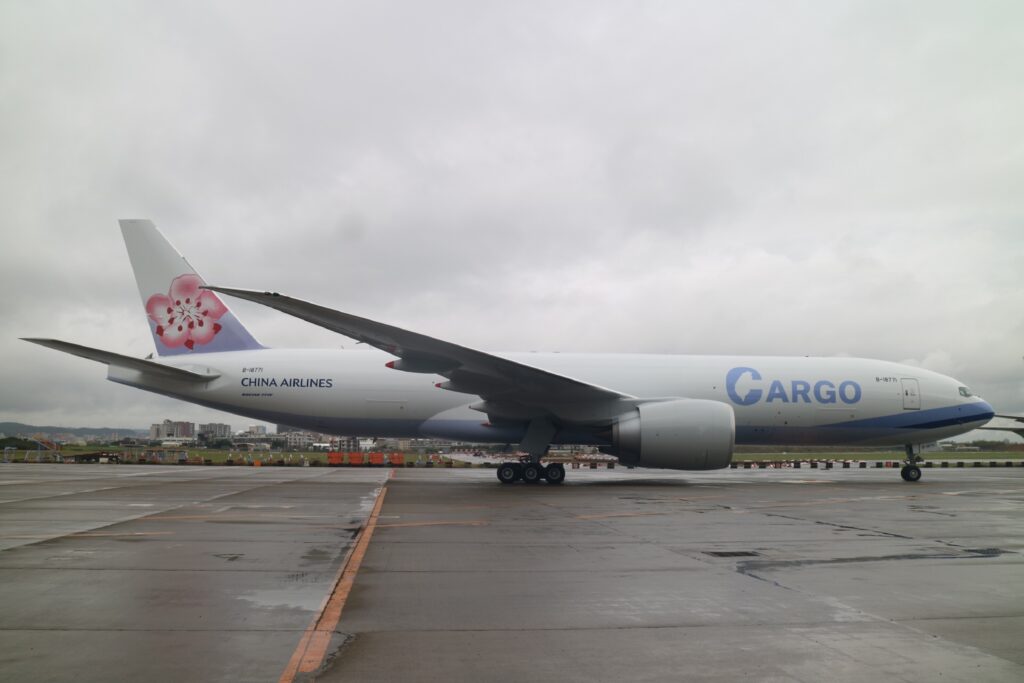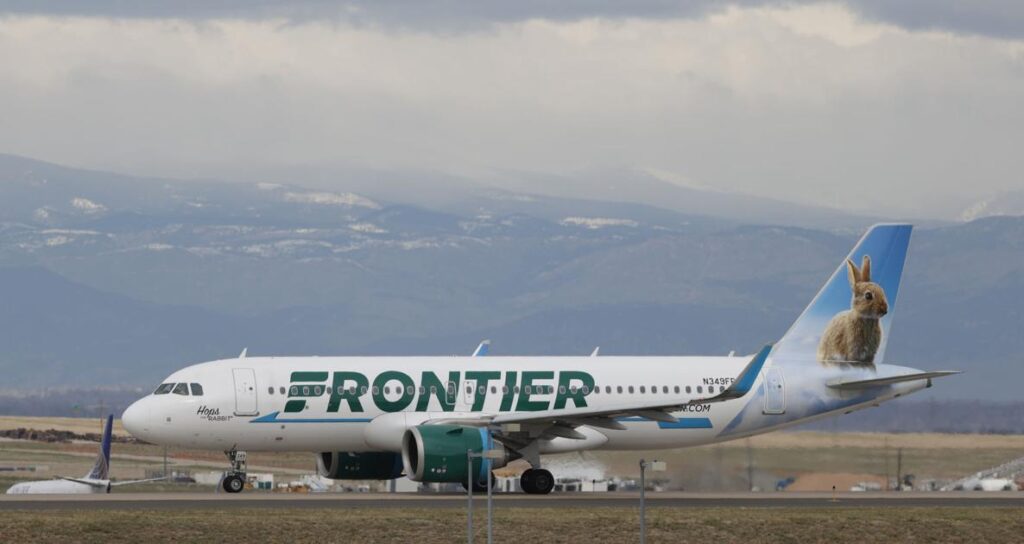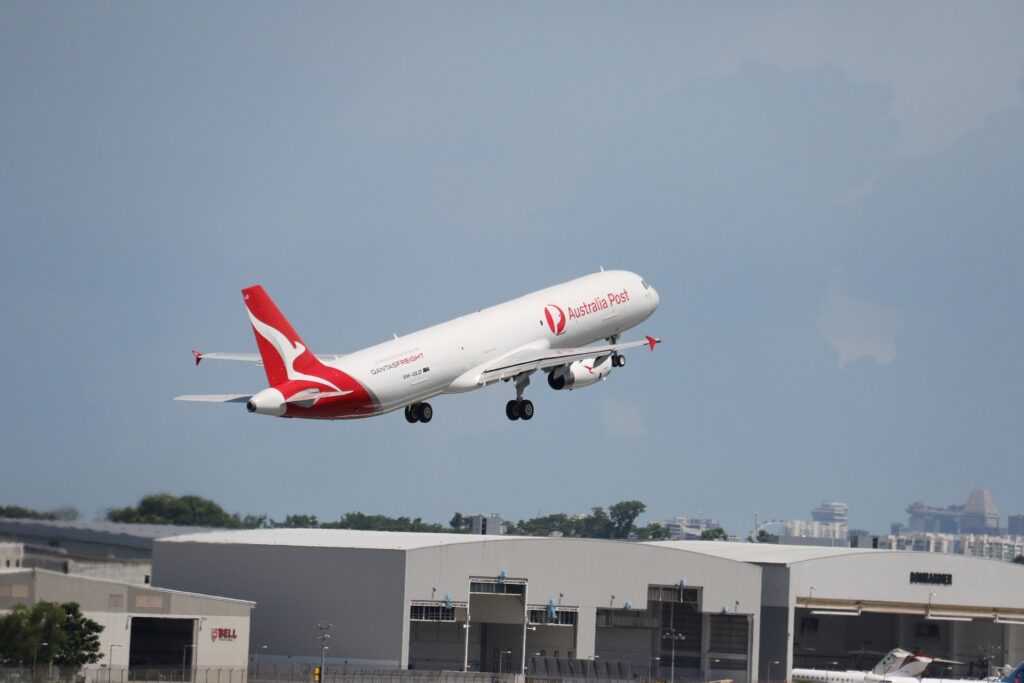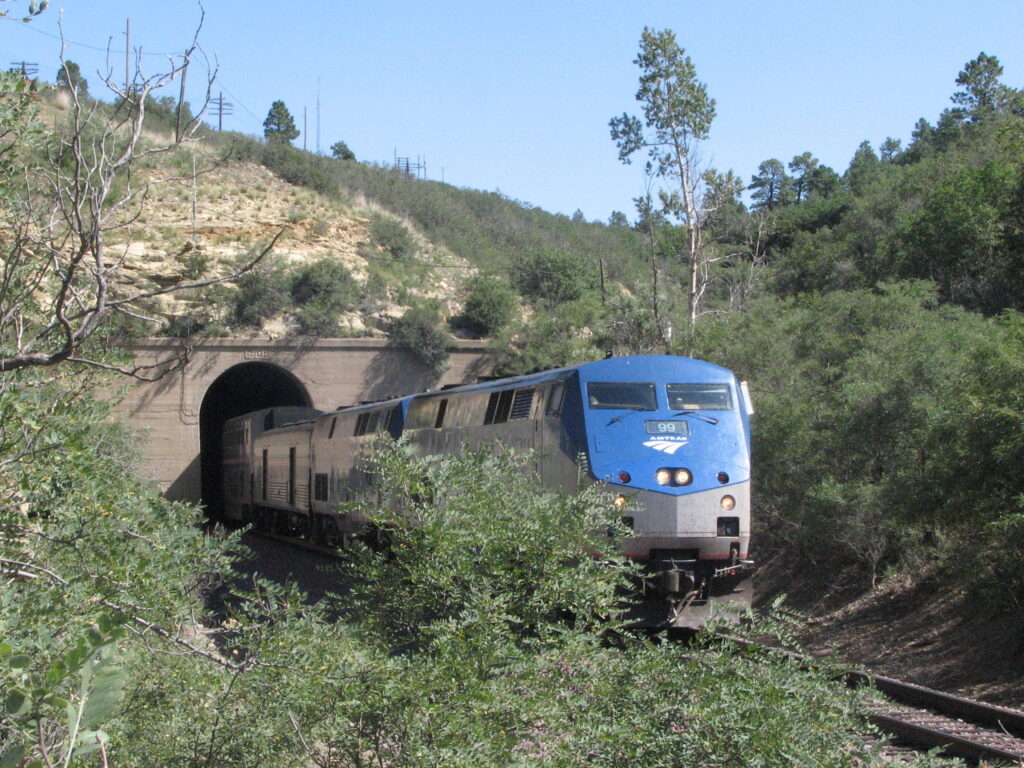Lockheed Martin Guided Multiple Launch Rocket System Soars In Flight Test
Dallas, Texas March 4, 2021 – Lockheed Martin (NYSE: LMT) successfully tested its next-generation Extended-Range Guided Multiple Launch Rocket System (ER GMLRS) munition in an 80-kilometer flight demonstration at White Sands Missile Range, New Mexico. During the flight test,…
